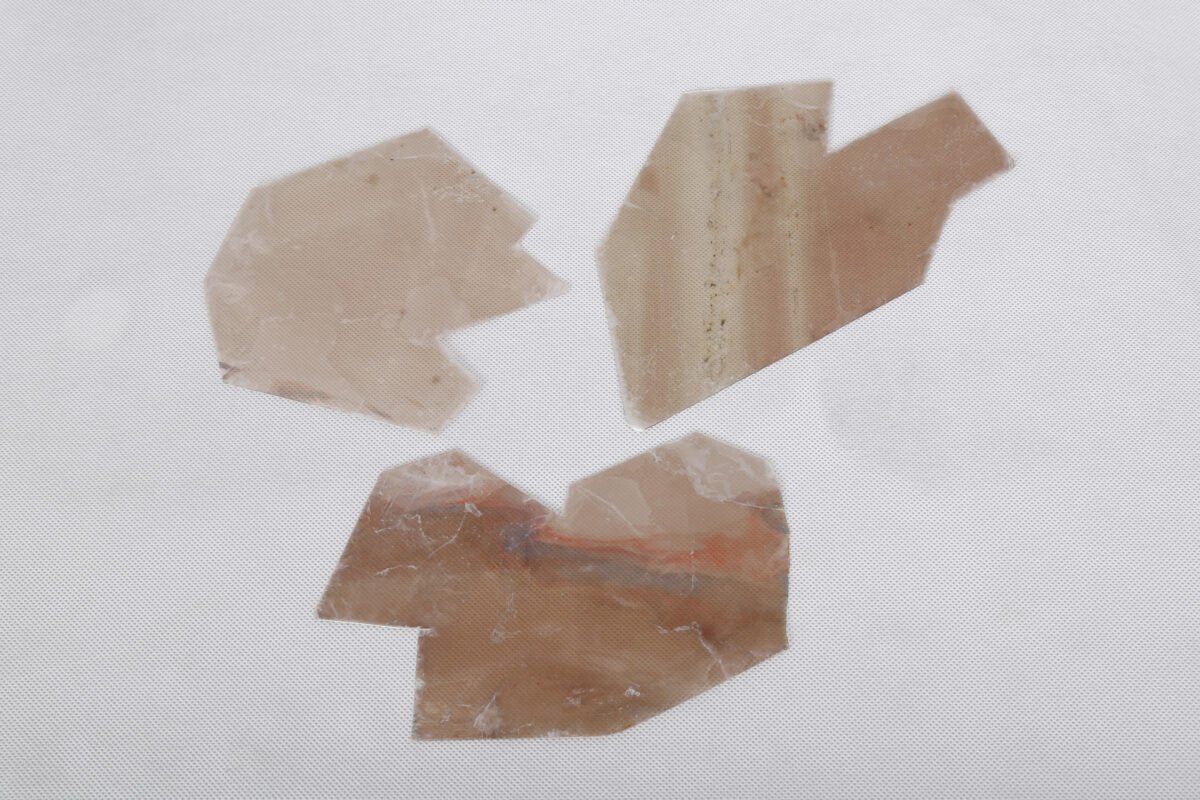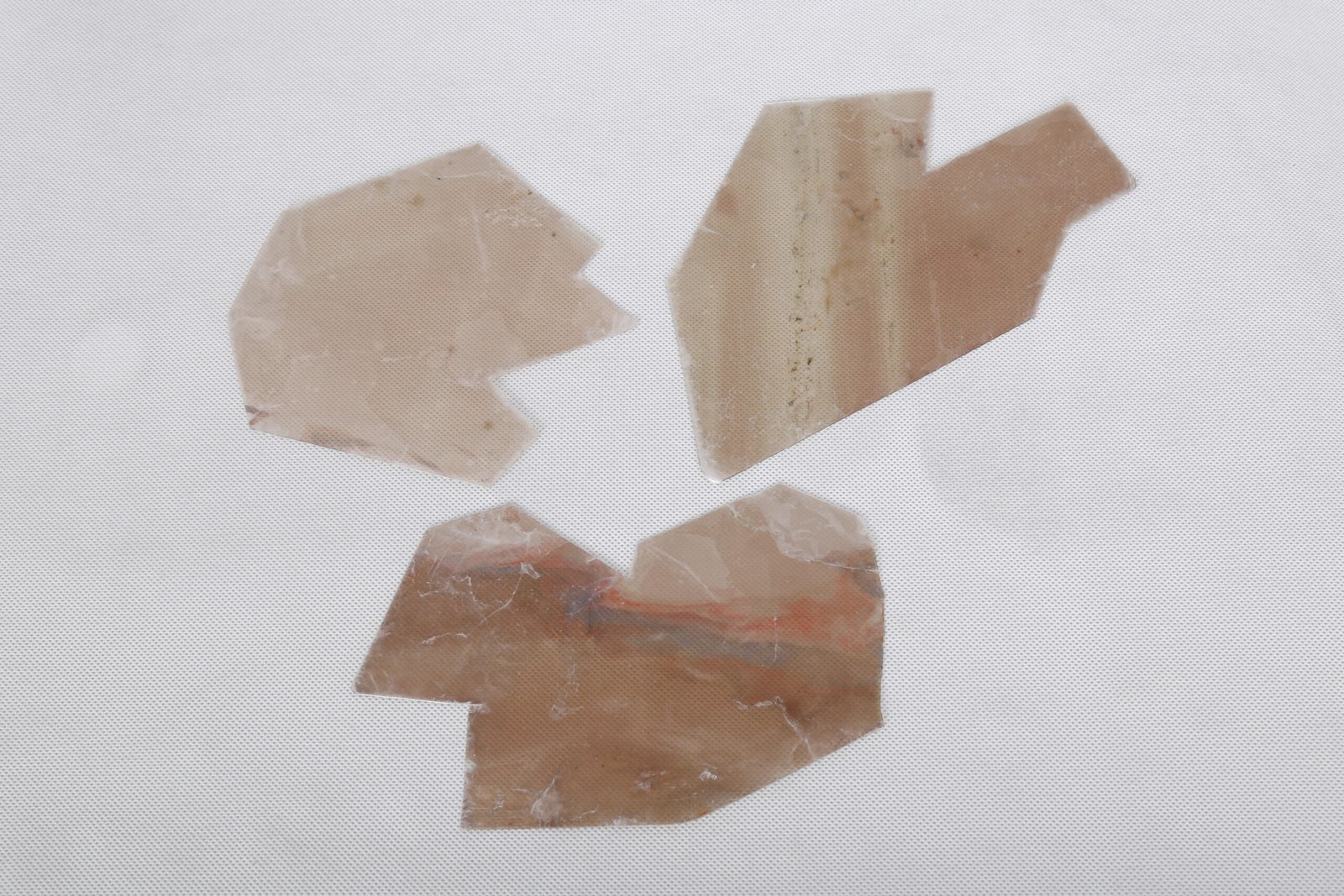Mica is a versatile mineral that is widely used in various industries, from electronics and cosmetics to construction and insulation. Its unique properties, such as high thermal resistance, electrical insulation, and a natural sheen, make it an essential material in both commercial and industrial applications. But how much is mica worth, and what factors influence its price?
In this comprehensive guide, we will explore the pricing of mica, the different types of mica, factors that affect its value, and the role of suppliers like AUKI MICA in the global mica market. Whether you’re a buyer, supplier, or simply curious about this fascinating mineral, this guide will help you understand the ins and outs of mica pricing in 2024.
H2: What is Mica and Why is it Valuable?

Mica is a group of silicate minerals known for their sheet-like structures. These thin, flexible layers give mica unique physical and chemical properties that make it highly valuable in various industries. Mica’s primary benefits include:
- High thermal resistance
- Electrical insulation
- Natural luster and transparency
- Durability and flexibility
H3: Types of Mica
There are two main types of mica used in industry: muscovite mica and phlogopite mica.
- Muscovite Mica: Known for its clear, translucent appearance, muscovite mica is commonly used in electrical insulators, cosmetics, and as a filler in paints and plastics.
- Phlogopite Mica: Typically brown or black in color, phlogopite mica is known for its superior thermal stability, making it ideal for high-temperature applications such as insulation in electrical components.
H2: Factors Influencing the Price of Mica
The price of mica can vary significantly depending on several factors. Below are the key considerations that affect mica’s worth:
H3: 1. Type and Quality of Mica
The type of mica and its quality are the most critical factors influencing its price. High-quality muscovite mica, which is clear and free from impurities, commands higher prices due to its purity and effectiveness in applications such as electrical insulation. Phlogopite mica, while slightly less expensive, is highly valued in industries requiring thermal resistance.
H3: 2. Source and Supply Chain
The geographical source of mica also affects its price. Mica sourced from regions like Pakistan, Afghanistan, India, and Africa is often in high demand. Suppliers such as AUKI MICA, which sources mica from Pakistan and Afghanistan and maintains relationships with mines in Africa and India, help ensure a consistent supply chain for the material. The availability of these resources and the political stability of the mining region can impact the price of mica.
H3: 3. Processing and Refinement
The level of processing that mica undergoes also influences its price. Raw mica is cheaper but less versatile than refined mica products, which have been processed into sheets, powders, or other forms. Companies like AUKI MICA process raw mica into high-quality finished products, which adds value and increases the price.
H3: 4. Market Demand
Market demand for mica plays a significant role in determining its worth. The electronics industry, for example, uses mica in capacitors and insulation materials, while the cosmetics industry uses mica powders in makeup for its shimmer and reflective properties. As demand in these industries fluctuates, so does the price of mica.
H2: Current Market Prices for Mica in 2024
The price of mica can vary widely based on the type, quality, and form. Here is an estimated range of mica prices in 2024:
- Raw Mica Ore: Prices for unprocessed mica ore range from $100 to $400 per ton, depending on quality and origin.
- Mica Sheets: High-quality mica sheets, like those produced by AUKI MICA, can range from $20 to $200 per kilogram, depending on size, thickness, and purity.
- Mica Powder: Mica powder used in cosmetics and industrial applications generally costs between $10 and $50 per pound, depending on the fineness of the powder and its intended use.
These prices are influenced by factors such as the cost of extraction, processing, and global demand, which fluctuates based on industry needs.
H2: AUKI MICA: A Leading Supplier of Mica Products
AUKI MICA is a high-end mica sheets and insulating materials supplier based in Hubei Province, China. The company has extensive experience in sourcing, processing, and supplying mica products to customers worldwide.
H3: Why Choose AUKI MICA?
- Own Mines Resources: AUKI MICA has its own mica mines in Pakistan and Afghanistan, ensuring a stable and reliable supply of high-quality mica.
- Global Sourcing: AUKI MICA maintains strong relationships with mica mines in Africa and India, further expanding its sourcing capabilities.
- Custom Solutions: The company provides custom mica solutions, working closely with clients to meet their specific needs for different mica products.
- High Standards: AUKI MICA adheres to world-class design standards and implements stringent performance quality control systems to ensure the best products are delivered to customers.
H3: Products Offered by AUKI MICA
- Lightning Arresters
- Dropout Fuses
- Insulators
- Circuit Breakers
These products are widely used in industries such as electronics, construction, and energy for their insulation and protective properties.
H2: Frequently Asked Questions About Mica Pricing
H3: 1. What factors determine the price of mica?
The price of mica is influenced by factors such as the type (muscovite or phlogopite), quality (clarity and purity), geographical source, level of processing, and market demand. Additionally, the stability of supply chains and the political climate in mica-producing regions can impact pricing.
H3: 2. How much does mica cost per kilogram?
Mica prices vary depending on the type and quality. Raw mica ore typically costs between $100 to $400 per ton, while processed mica sheets can range from $20 to $200 per kilogram. Mica powder, used in cosmetics and industrial applications, costs between $10 and $50 per pound.
H3: 3. Where can I buy high-quality mica products?
You can purchase high-quality mica products from reliable suppliers like AUKI MICA, which sources and processes mica from Pakistan, Afghanistan, India, and Africa. AUKI MICA offers custom mica solutions and a wide range of products, including lightning arresters, insulators, and circuit breakers.
H2: Table: Mica Pricing Overview
| Type of Mica | Average Price Range (2024) | Key Uses | Supplier Example |
|---|---|---|---|
| Raw Mica Ore | $100 – $400 per ton | Extraction for processing, industrial use | Global markets, various suppliers |
| Mica Sheets | $20 – $200 per kilogram | Insulation, electronics, industrial use | AUKI MICA, custom solutions |
| Mica Powder | $10 – $50 per pound | Cosmetics, fillers, paints | Specialty cosmetic and industrial |
| Processed Mica Products | Varies based on product and quality | Electronics, construction, energy | AUKI MICA, insulation and more |
H2: FInal Toughts
Mica is a versatile mineral with numerous industrial and commercial applications. Its value is determined by various factors such as type, quality, geographical source, and market demand. With the growing global demand for mica in industries like electronics and cosmetics, understanding the factors that influence its price is essential.
Companies like AUKI MICA play a critical role in ensuring the stable supply and quality of mica products, offering custom solutions and adhering to strict quality control standards. By partnering with a reputable supplier, you can ensure that you’re getting the best value for your mica needs.

